| Citation: |
Yunshan Zhang, Yifan Xu, Shijian Guan, Jilin Zheng, Hongming Gu, Lianyan Li, Rulei Xiao, Tao Fang, Hui Zou, Xiangfei Chen. Modulation bandwidth enhancement in monolithic integrated two-section DFB lasers based on the detuned loading effect[J]. Journal of Semiconductors, 2023, 44(11): 112301. doi: 10.1088/1674-4926/44/11/112301
****
Y S Zhang, Y F Xu, S J Guan, J L Zheng, H M Gu, L Y Li, R L Xiao, T Fang, H Zou, X F Chen. Modulation bandwidth enhancement in monolithic integrated two-section DFB lasers based on the detuned loading effect[J]. J. Semicond, 2023, 44(11): 112301. doi: 10.1088/1674-4926/44/11/112301
|
Modulation bandwidth enhancement in monolithic integrated two-section DFB lasers based on the detuned loading effect
DOI: 10.1088/1674-4926/44/11/112301
More Information
-
Abstract
Modulation bandwidth enhancement in a directly modulated two-section distributed feedback (TS-DFB) laser based on a detuned loading effect is investigated and experimentally demonstrated. The results show that the 3-dB bandwidth of the TS-DFB laser is increased to 17.6 GHz and that chirp parameter can be reduced to 2.24. Compared to the absence of a detuned loading effect, there is a 4.6 GHz increase and a 2.45 reduction, respectively. After transmitting a 10 Gb/s non-return-to-zero (NRZ) signal through a 5-km fiber, the modulation eye diagram still achieves a large opening. Eight-channel laser arrays with precise wavelength spacing are fabricated. Each TS-DFB laser in the array has side mode suppression ratios (SMSR) > 49.093 dB and the maximum wavelength residual < 0.316 nm. -
References
[1] Ishikawa T, Higashi T, Uchida T, et al. Evaluation of differential gain of 1.3/spl mu/m AlGaInAs/InP strained MQW lasers. Conference Proceedings. 1998 International Conference on Indium Phosphide and Related Materials (Cat. No. 98CH36129), 2002, 729 doi: 10.1109/ICIPRM.1998.712746[2] Morthier G. Design and optimization of strained-layer-multiquantum-well lasers for high-speed analog communications. IEEE J Quantum Electron, 1994, 30, 1520 doi: 10.1109/3.299483[3] Otsubo K, Matsuda M, Takada K, et al. 1.3-μm AlGaInAs multiple-quantum-well semi-insulating buried-heterostructure distributed-feedback lasers for high-speed direct modulation. IEEE J Sel Top Quantum Electron, 2009, 15, 687 doi: 10.1109/JSTQE.2009.2015194[4] Nakahara K, Wakayama Y, Kitatani T, et al. Direct modulation at 56 and 50 Gb/s of 1.3-μm InGaAlAs ridge-shaped-BH DFB lasers. IEEE Photonics Technol Lett, 2015, 27, 534 doi: 10.1109/LPT.2014.2384520[5] Kobayashi W, Tadokoro T, Ito T, et al. High-speed operation at 50 Gb/s and 60-km SMF transmission with 1.3-μm InGaAlAs-based DML. ISLC 2012 International Semiconductor Laser Conference, 2012, 50 doi: 10.1109/ISLC.2012.6348329[6] Sakaino G, Takiguchi T, Sakuma H, et al. 25.8Gbps direct modulation of BH AlGaInAs DFB lasers with p-InP substrate for low driving current. 22nd IEEE International Semiconductor Laser Conference, 2010, 197 doi: 10.1109/ISLC.2010.5642644[7] Tadokoro T, Kobayashi W, Fujisawa T, et al. 43 Gb/s 1.3 μm DFB laser for 40 km transmission. J Light Technol, 2012, 30, 2520 doi: 10.1109/JLT.2012.2203095[8] Uetake A, Otsubo K, Matsuda M, et al. 40-Gbps direct modulation of 1.55-µm AlGaInAs semi-insulating buried-heterostructure distributed reflector lasers up to 85°C. 2009 IEEE LEOS Annual Meeting Conference Proceedings, 2009, 839 doi: 10.1109/LEOS.2009.5343421[9] Henry C. Performance of distributed feedback lasers designed to favor the energy gap mode. IEEE J Quantum Electron, 1985, 21, 1913 doi: 10.1109/JQE.1985.1072611[10] Matsui Y, Schatz R, Che D. Isolator-free > 67-GHz bandwidth DFB+R laser with suppressed chirp. 2020 Optical Fiber Communications Conference and Exhibition, 2020, 1 doi: 10.1364/OFC.2020.Th4A.1[11] Che D, Matsui Y, Schatz R, et al. Direct modulation of a 54-GHz distributed Bragg reflector laser with 100-GBaud PAM-4 and 80-GBaud PAM-8. 2020 Optical Fiber Communications Conference and Exhibition (OFC), 2020, 1 doi: 10.1364/OFC.2020.Th3C.1[12] Guan S J, Zhang Y S, Zheng J L, et al. Modulation bandwidth enhancement and frequency chirp suppression in two-section DFB laser. J Light Technol, 2022, 40, 7383 doi: 10.1109/JLT.2022.3203723[13] Zhao W, Mao Y F, Lu D, et al. Modulation bandwidth enhancement of monolithically integrated mutually coupled distributed feedback laser. Appl Sci, 2020, 10, 4375 doi: 10.3390/app10124375[14] Yamaoka S, Diamantopoulos N P, Nishi H, et al. Directly modulated membrane lasers with 108 GHz bandwidth on a high-thermal-conductivity silicon carbide substrate. Nat Photonics, 2021, 15, 28 doi: 10.1038/s41566-020-00700-y[15] Matsui Y, Schatz R, Che D, et al. Low-chirp isolator-free 65-GHz-bandwidth directly modulated lasers. Nat Photonics, 2021, 15, 59 doi: 10.1038/s41566-020-00742-2[16] Yuan B C, Shi J Q, Qi W X, et al. A monolithic integrated dual-wavelength DFB laser with equivalent inverse-Gaussian apodized grating. IEEE Photonics J, 2020, 12, 1 doi: 10.1109/JPHOT.2020.3030669[17] Guan S J, Zhang Y S, Yuan B C, et al. Research on the asymmetric corrugation-pitch-modulated HR-AR DFB lasers with sampled gratings. J Light Technol, 2021, 39, 4725 doi: 10.1109/JLT.2021.3075484[18] Zhang Y S, Yuan B C, Shi J Q, et al. A stable dual-wavelength DFB semiconductor laser with equivalent chirped sampled grating. IEEE J Quantum Electron, 2022, 58, 1 doi: 10.1109/JQE.2022.3223172[19] Vieu C, Carcenac F, Pépin A, et al. Electron beam lithography: Resolution limits and applications. Appl Surf Sci, 2000, 164, 111 doi: 10.1016/S0169-4332(00)00352-4[20] Dai Y T, Chen X F, Xia L, et al. Sampled Bragg grating with desired response in one channel by use of a reconstruction algorithm and equivalent chirp. Opt Lett, 2004, 29, 1333 doi: 10.1364/OL.29.001333[21] Sun Z X, Xiao R L, Zhao Y, et al. Design of four-channel wavelength-selectable In-series DFB laser array with 100-GHz spacing. J Light Technol, 2020, 38, 2299 doi: 10.1109/JLT.2020.2970788[22] Bandelow U, Schatz R, Wunsche H J. A correct single-mode photon rate equation for multisection lasers. IEEE Photonics Technol Lett, 1996, 8, 614 doi: 10.1109/68.491556[23] Chaciński M, Schatz R. Impact of losses in the Bragg section on the dynamics of detuned loaded DBR lasers. IEEE J Quantum Electron, 2010, 46, 1360 doi: 10.1109/JQE.2010.2048013[24] Devaux F, Sorel Y, Kerdiles J F. Simple measurement of fiber dispersion and of chirp parameter of intensity modulated light emitter. J Light Technol, 1993, 11, 1937 doi: 10.1109/50.257953 -
Proportional views






 DownLoad:
DownLoad:
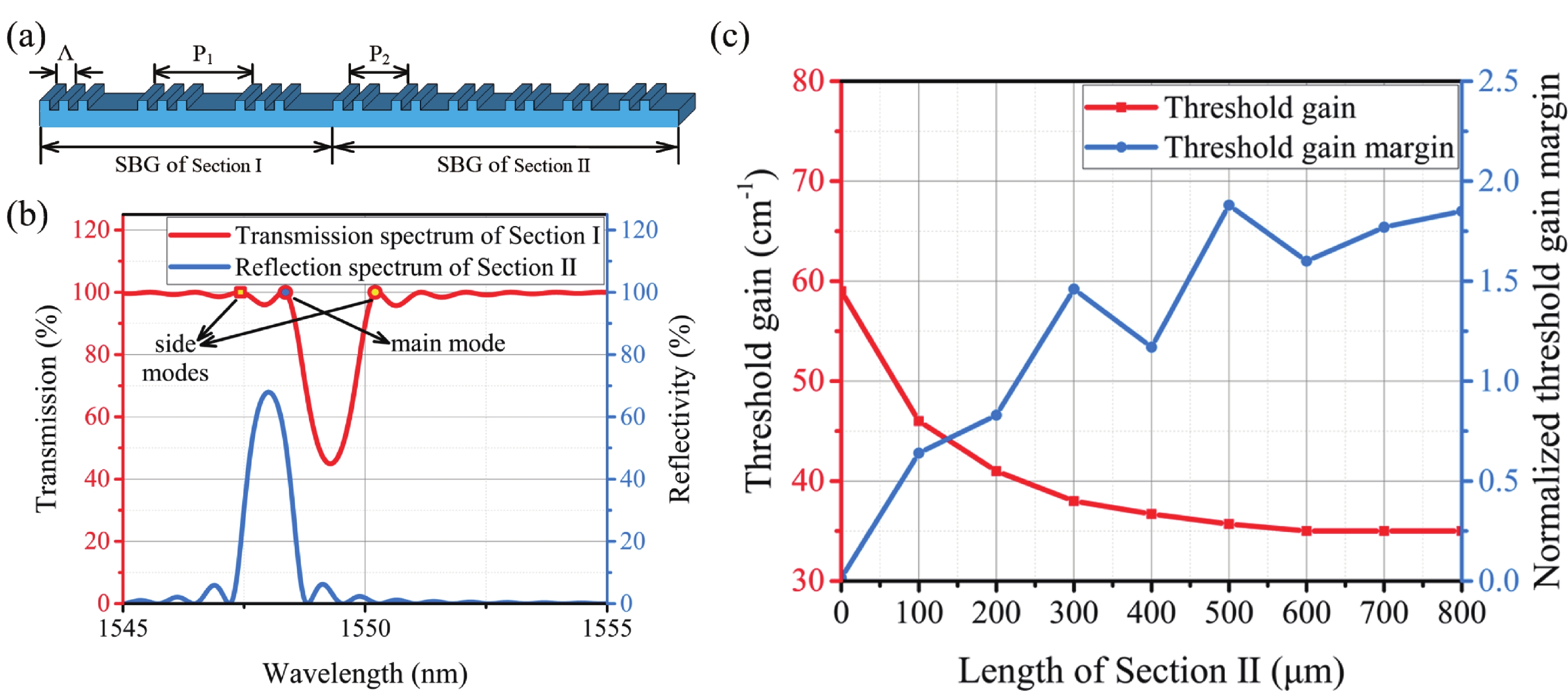
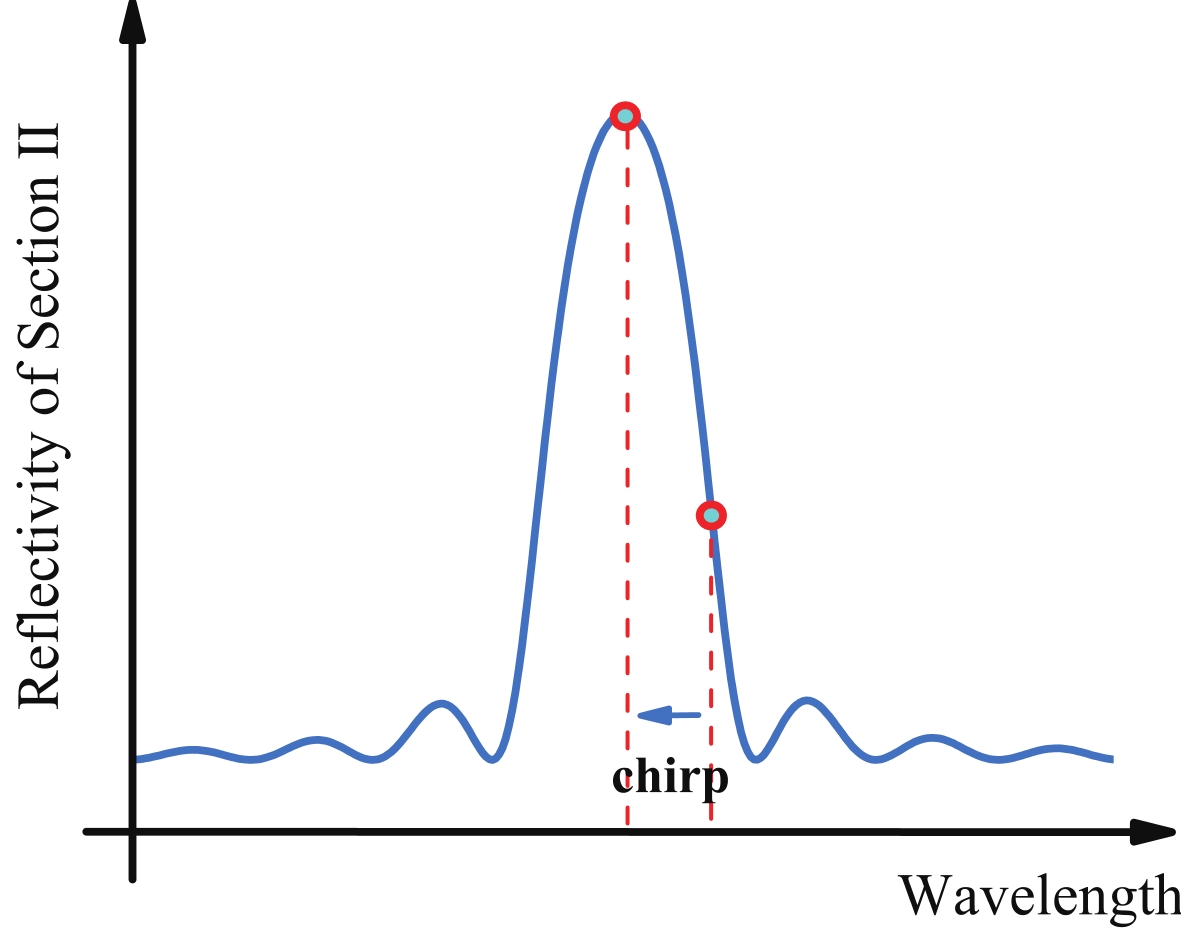
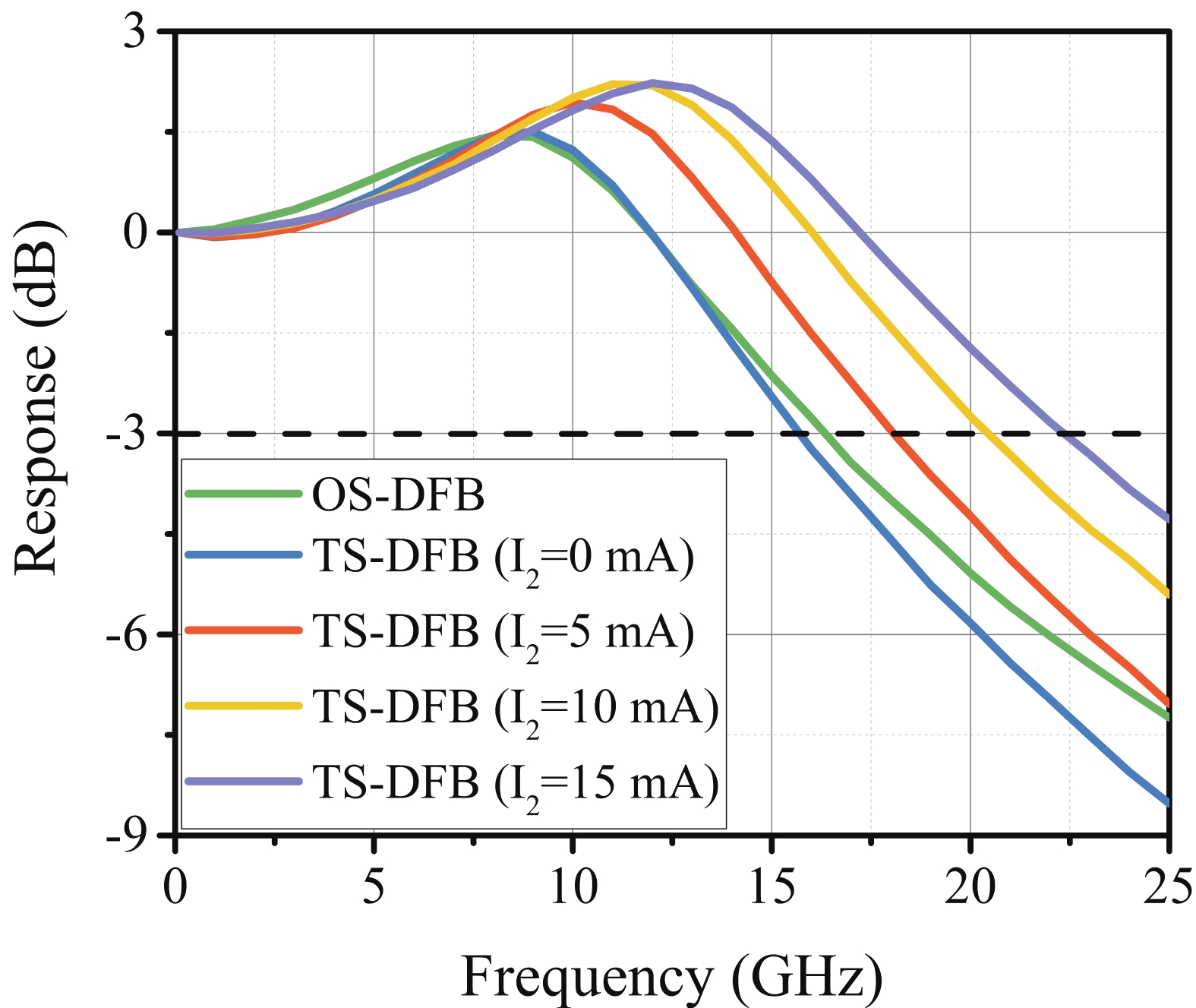
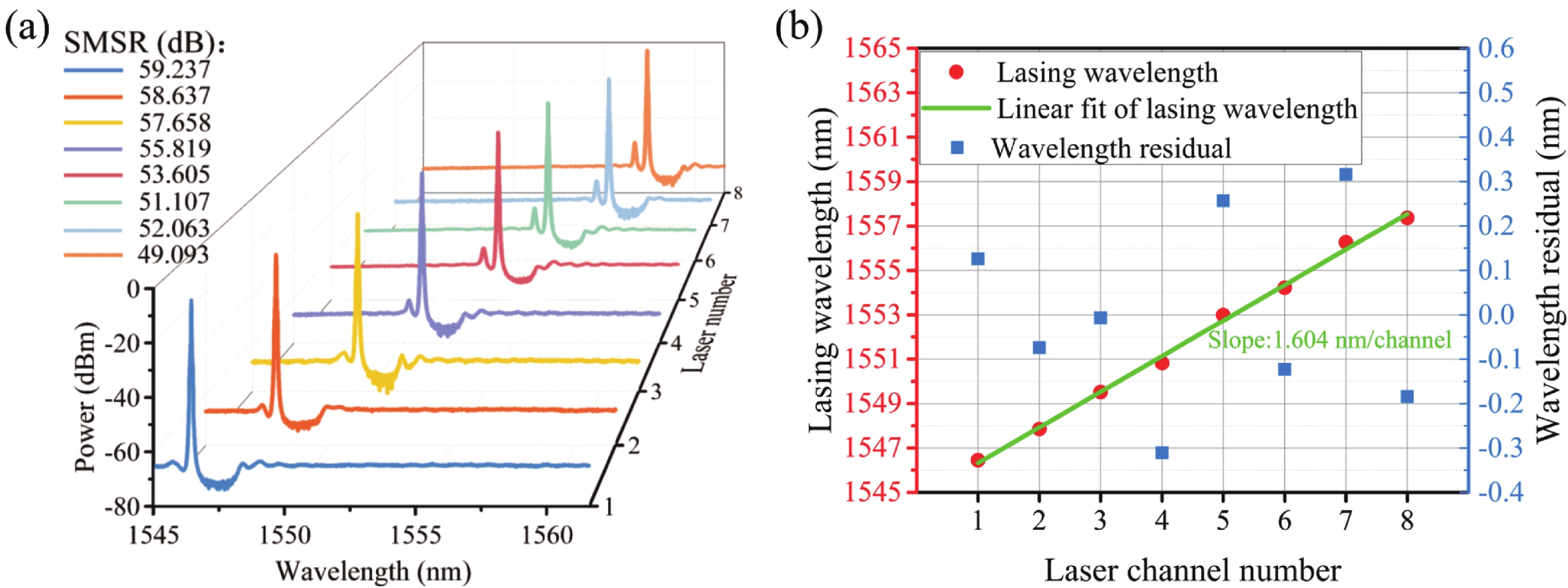
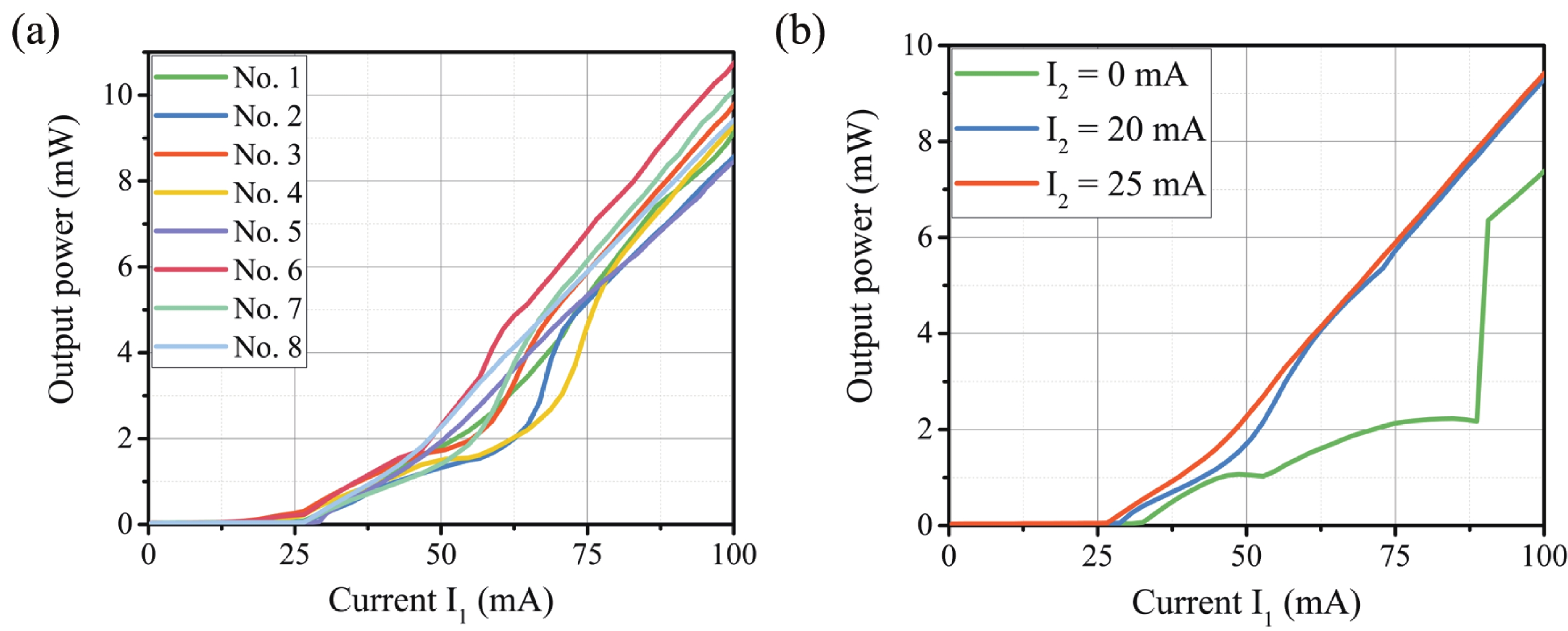
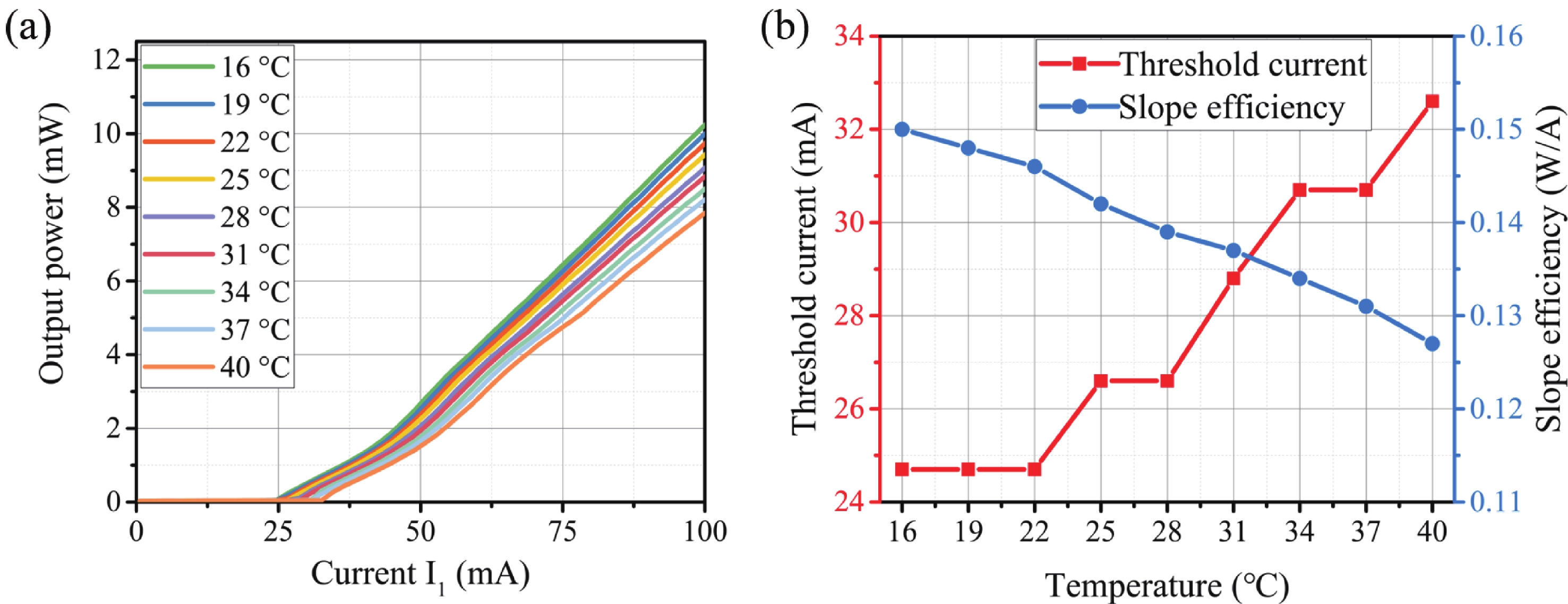
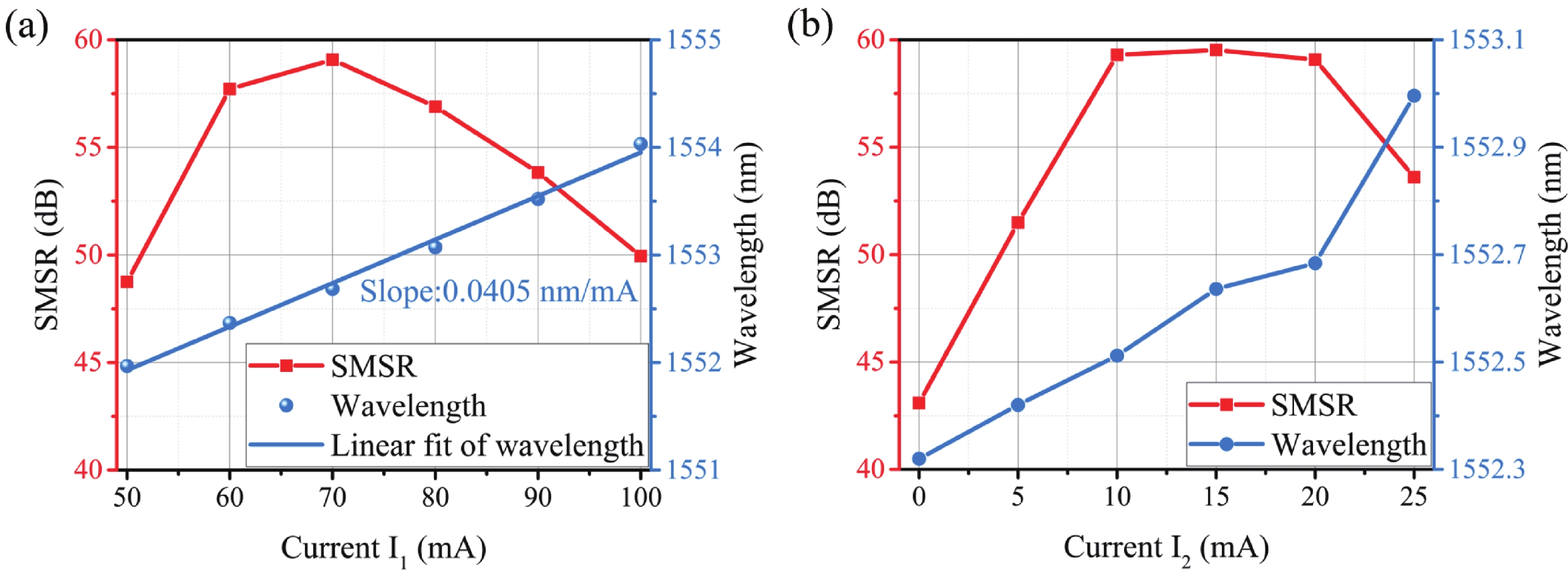
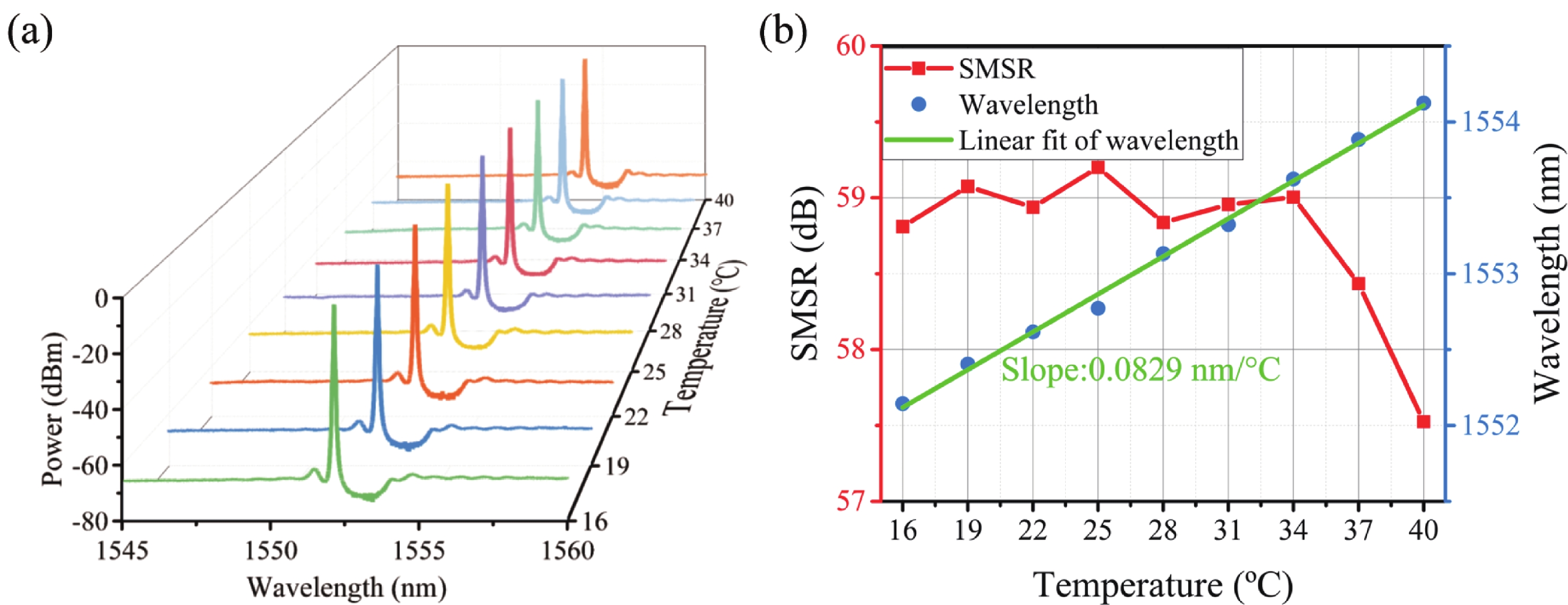
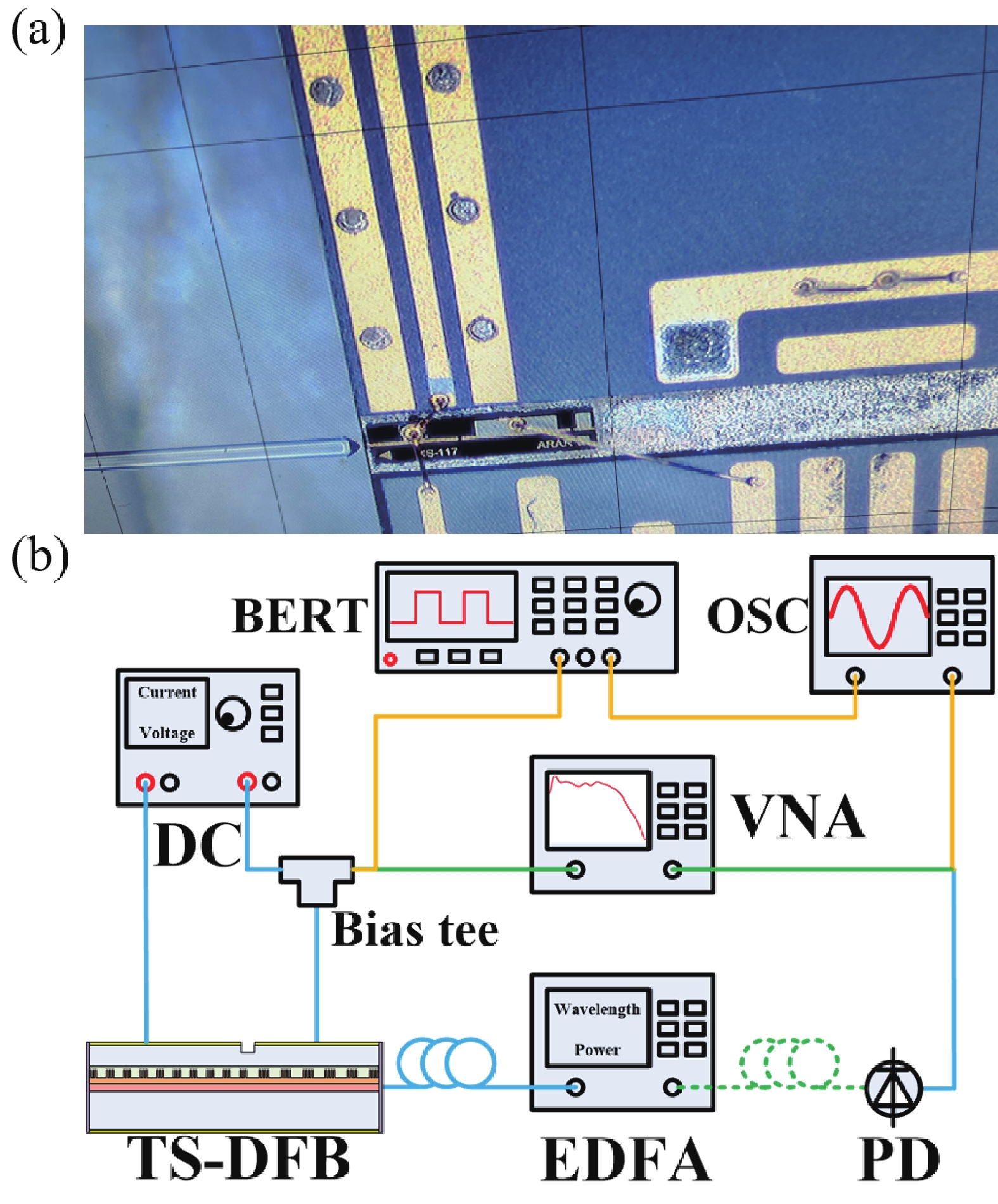
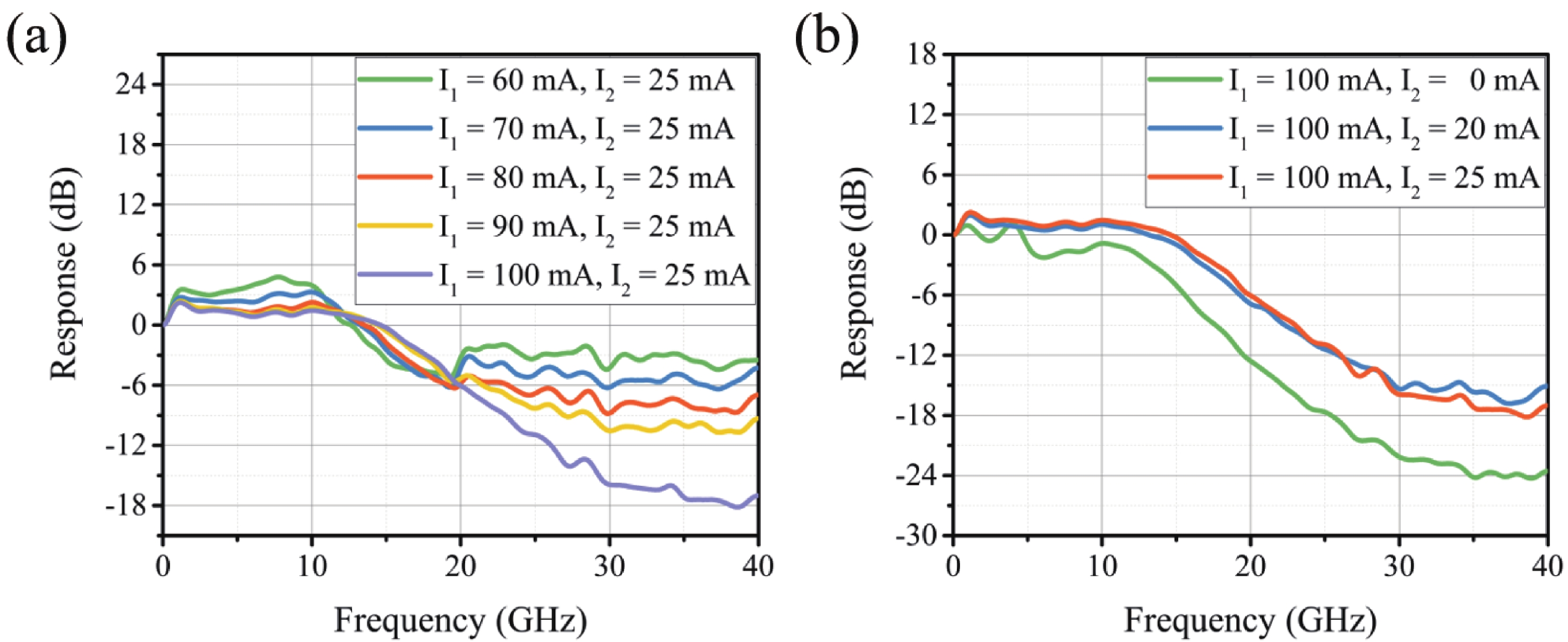
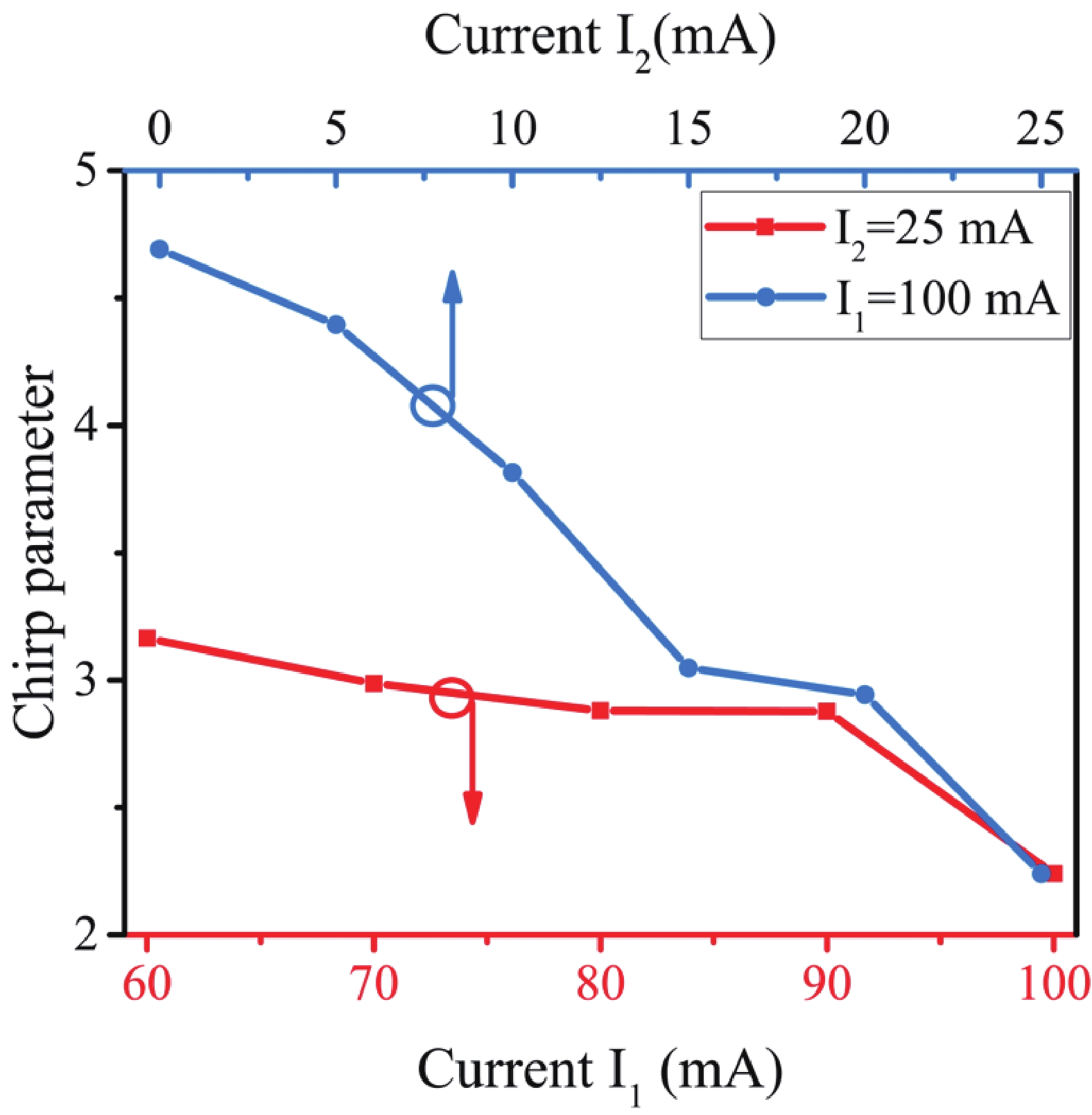
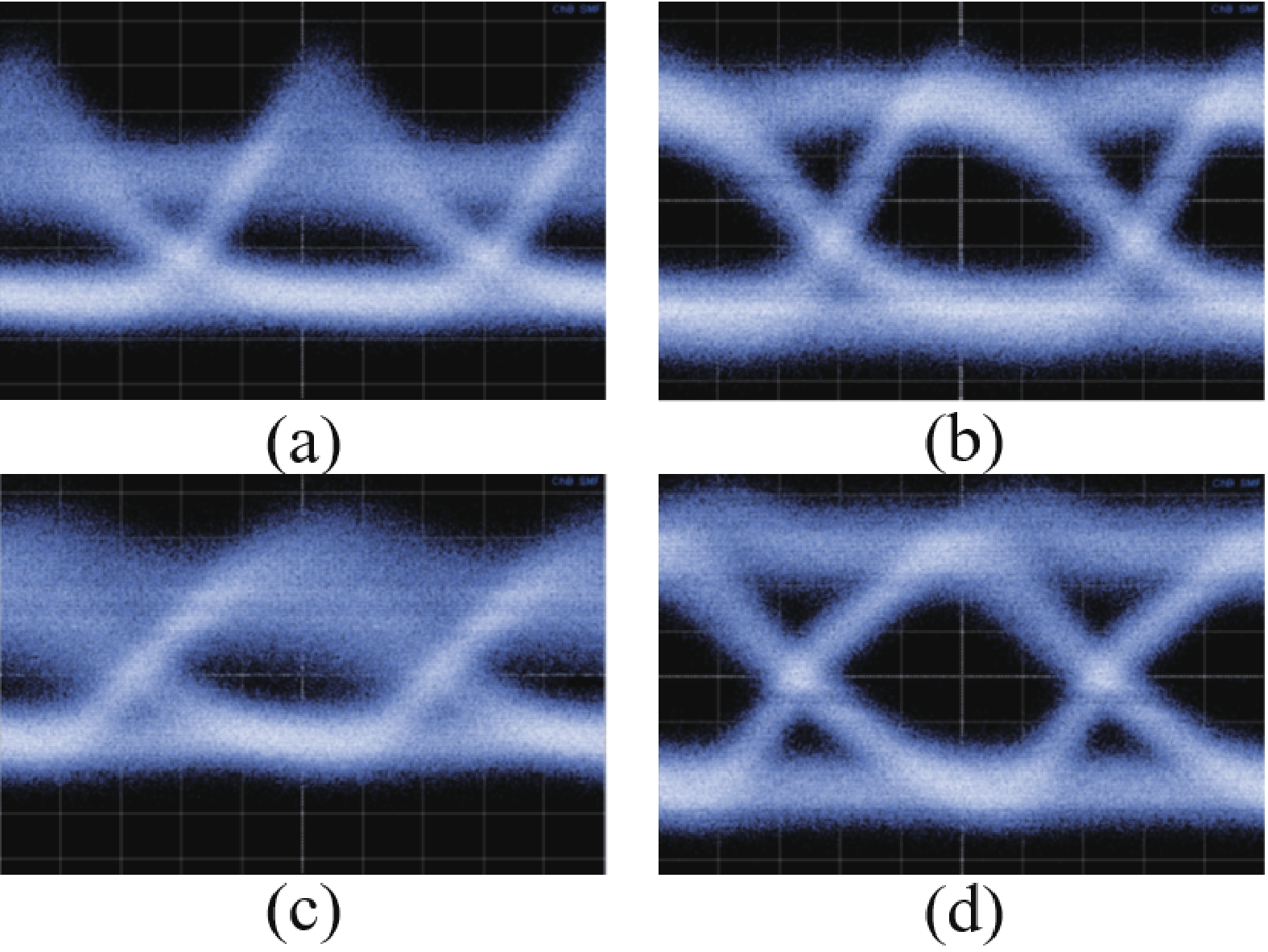
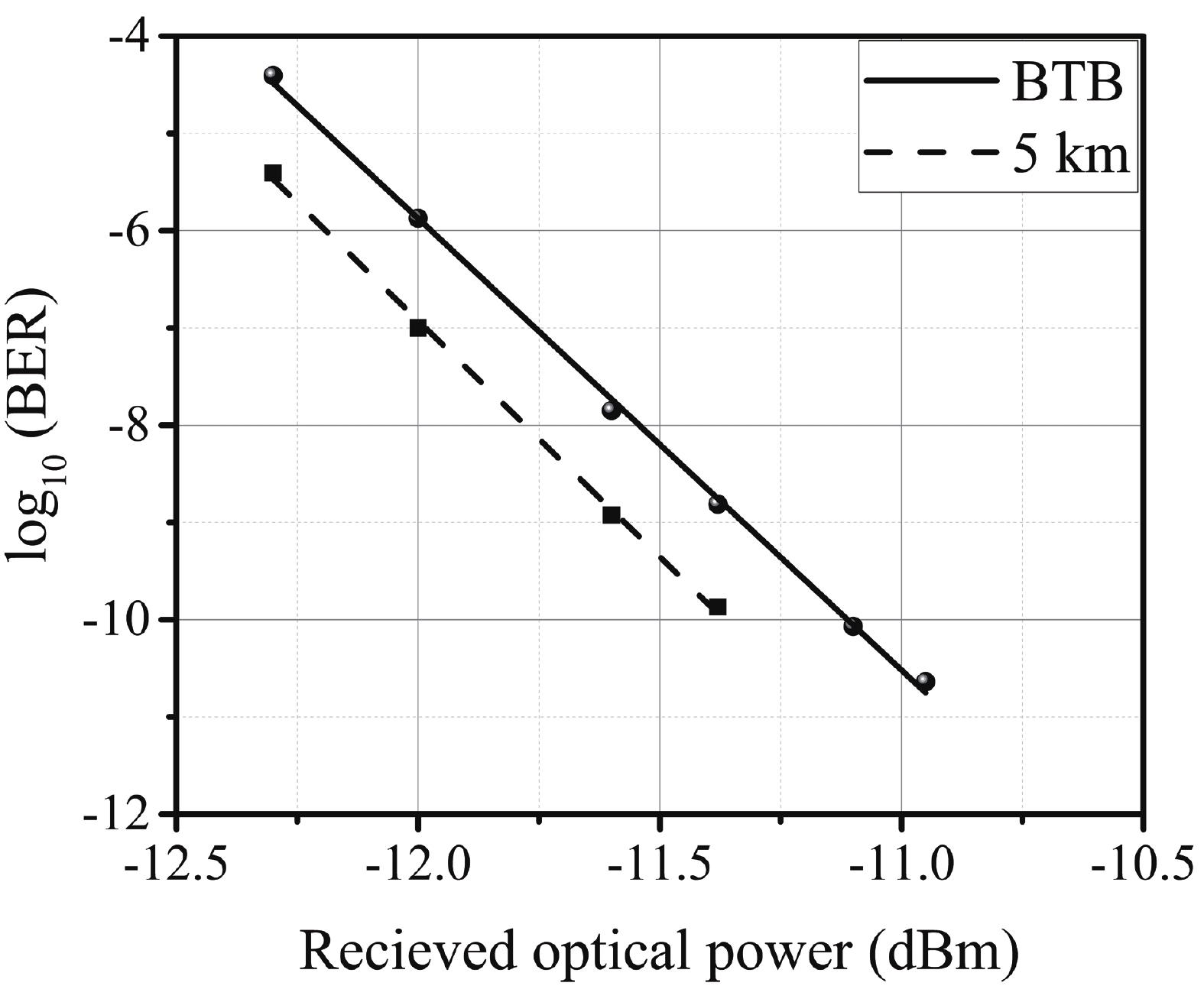










 Yunshan Zhang:received the B.S. degree in science and technology of electronics from Shandong University in 2002, and the Ph.D. degree in physical electronics from the Beijing Institute of Technology in 2011. From 2013 to 2015, he was a Post-Doctoral Researcher with the College of Engineering and Applied Sciences, Nanjing University. He is currently an Associate Professor with the Nanjing University of Posts and Telecommunications. His research interests include solid state lasers, DFB semiconductor lasers, fiber communication, and photonic integrated circuits
Yunshan Zhang:received the B.S. degree in science and technology of electronics from Shandong University in 2002, and the Ph.D. degree in physical electronics from the Beijing Institute of Technology in 2011. From 2013 to 2015, he was a Post-Doctoral Researcher with the College of Engineering and Applied Sciences, Nanjing University. He is currently an Associate Professor with the Nanjing University of Posts and Telecommunications. His research interests include solid state lasers, DFB semiconductor lasers, fiber communication, and photonic integrated circuits Xiangfei Chen:received the B.S. degree in physics from Soochow University in 1991, and the M.S. and Ph.D. degrees in physics from the Nanjing University in1993 and 1996, respectively. From 1996 to 2000, he was a Faculty Member with the Nanjing University of Posts and Telecommunications. From 2000 to 2006, he served as an Associate Professor with the Department of Electrical Engineering, Tsinghua University. From October 2004 to April 2005, he was a Visiting Scholar with the Microwave Photonics Research Laboratory, School of Information Technology and Engineering, University of Ottawa. He is currently a Professor with the Microwave Photonics Technology Laboratory, National Laboratory of Microstructures, and the College of Engineering and Applied Sciences, Nanjing University. His research interests include development of novel optical devices for high-speed large-capacity optical networks, microwave photonic systems, and fiber-optic sensors
Xiangfei Chen:received the B.S. degree in physics from Soochow University in 1991, and the M.S. and Ph.D. degrees in physics from the Nanjing University in1993 and 1996, respectively. From 1996 to 2000, he was a Faculty Member with the Nanjing University of Posts and Telecommunications. From 2000 to 2006, he served as an Associate Professor with the Department of Electrical Engineering, Tsinghua University. From October 2004 to April 2005, he was a Visiting Scholar with the Microwave Photonics Research Laboratory, School of Information Technology and Engineering, University of Ottawa. He is currently a Professor with the Microwave Photonics Technology Laboratory, National Laboratory of Microstructures, and the College of Engineering and Applied Sciences, Nanjing University. His research interests include development of novel optical devices for high-speed large-capacity optical networks, microwave photonic systems, and fiber-optic sensors



